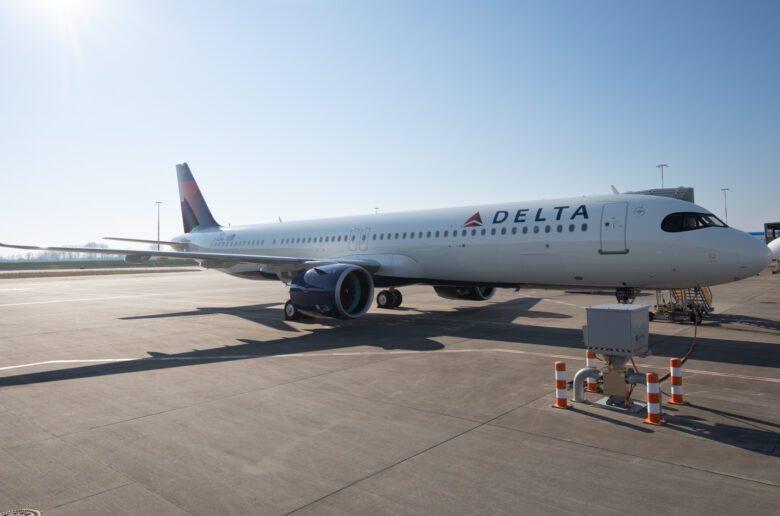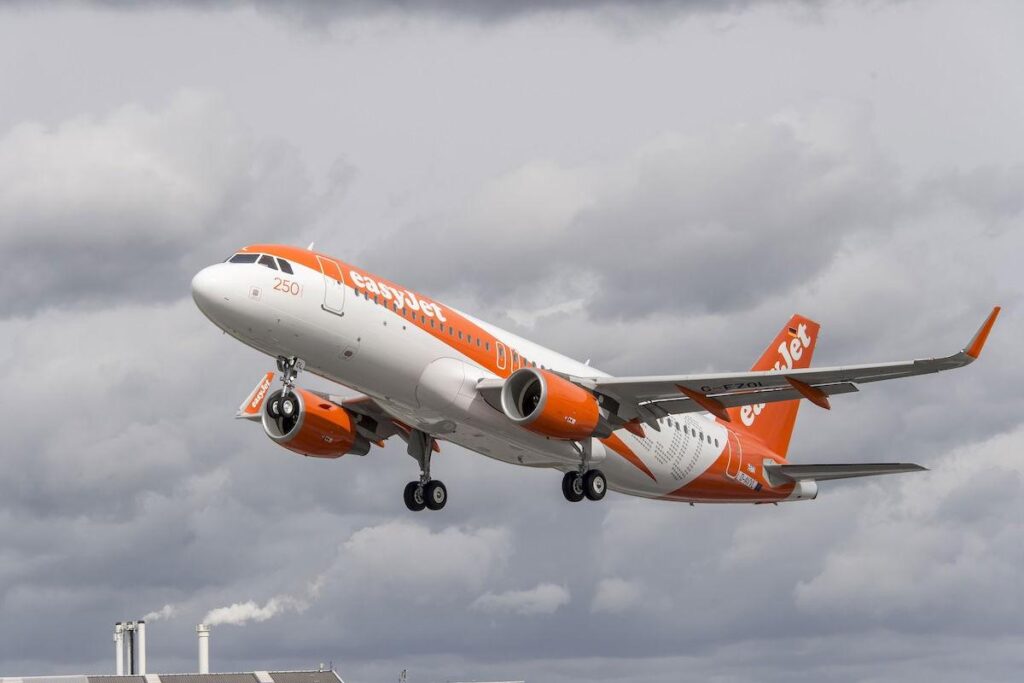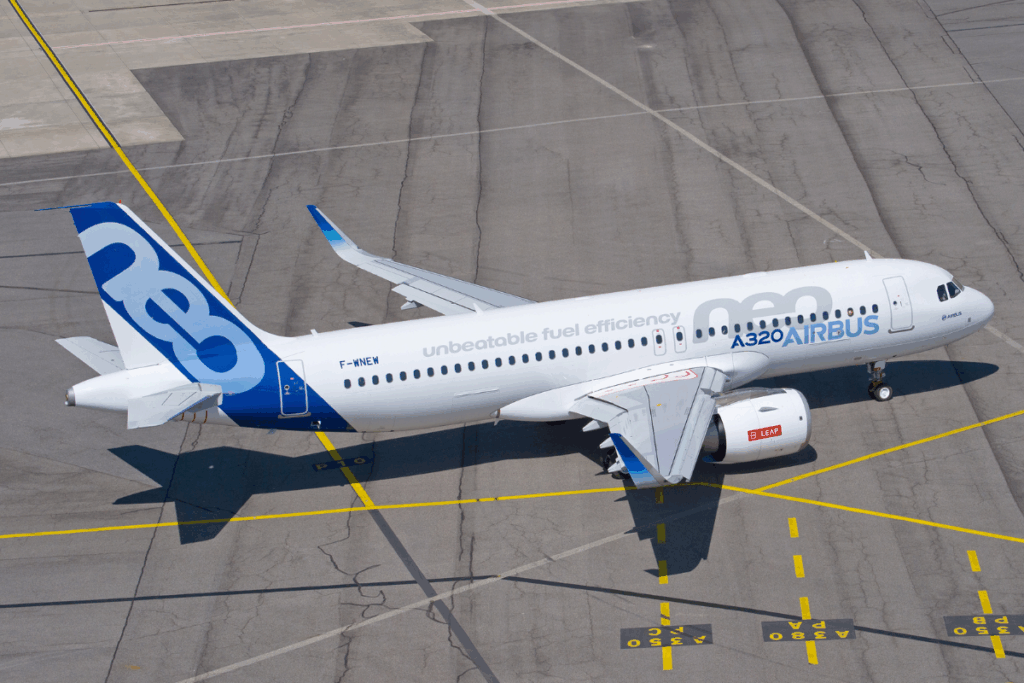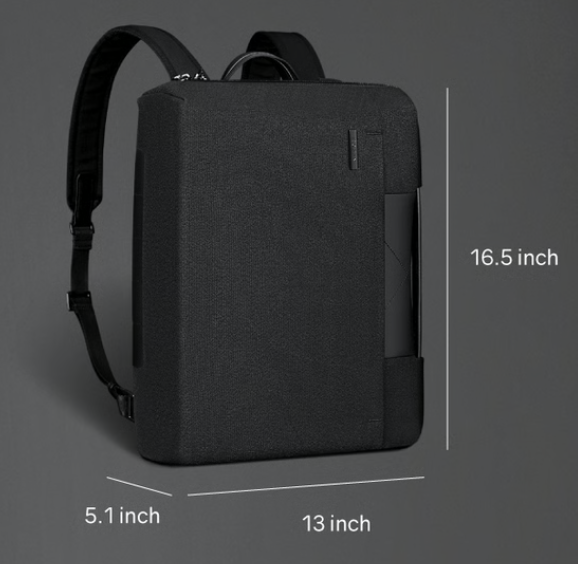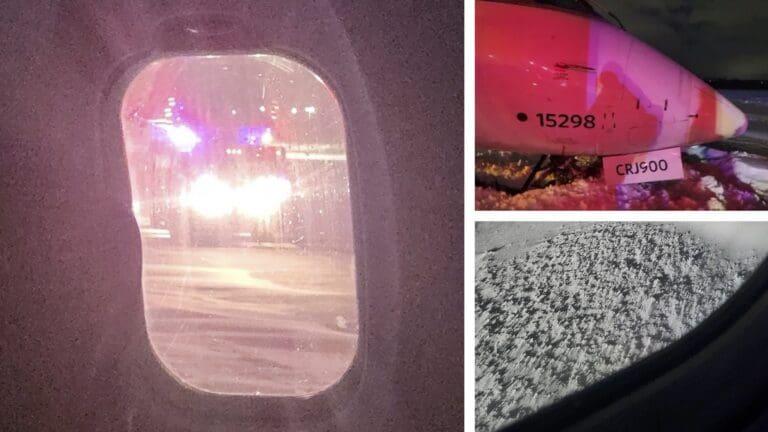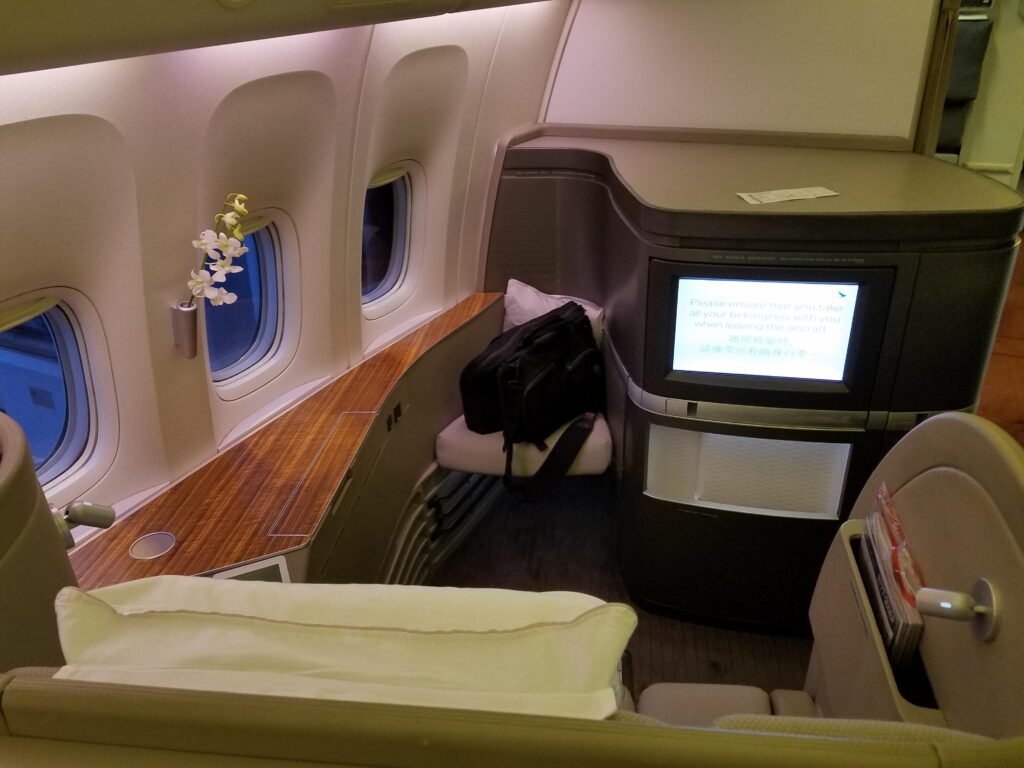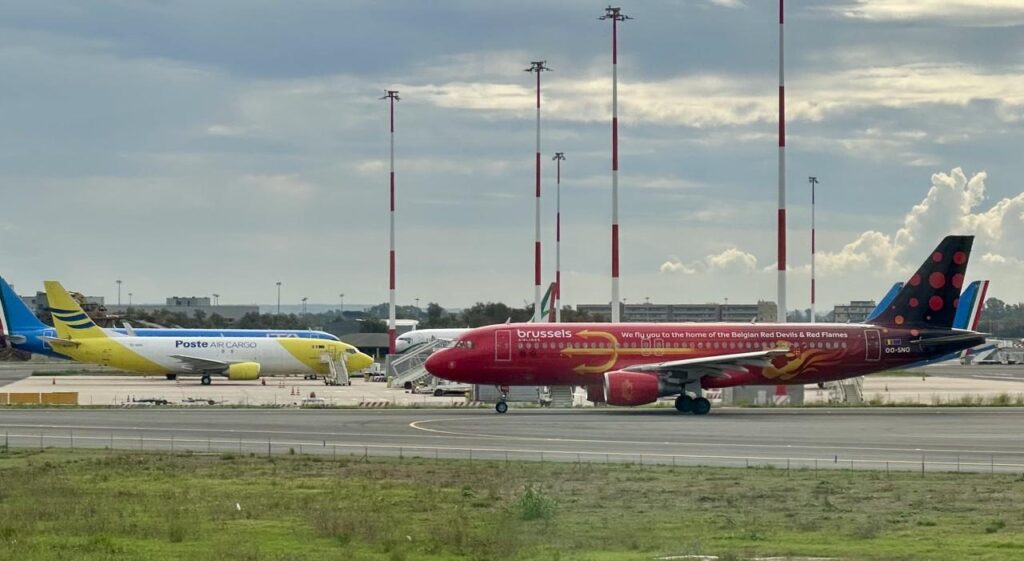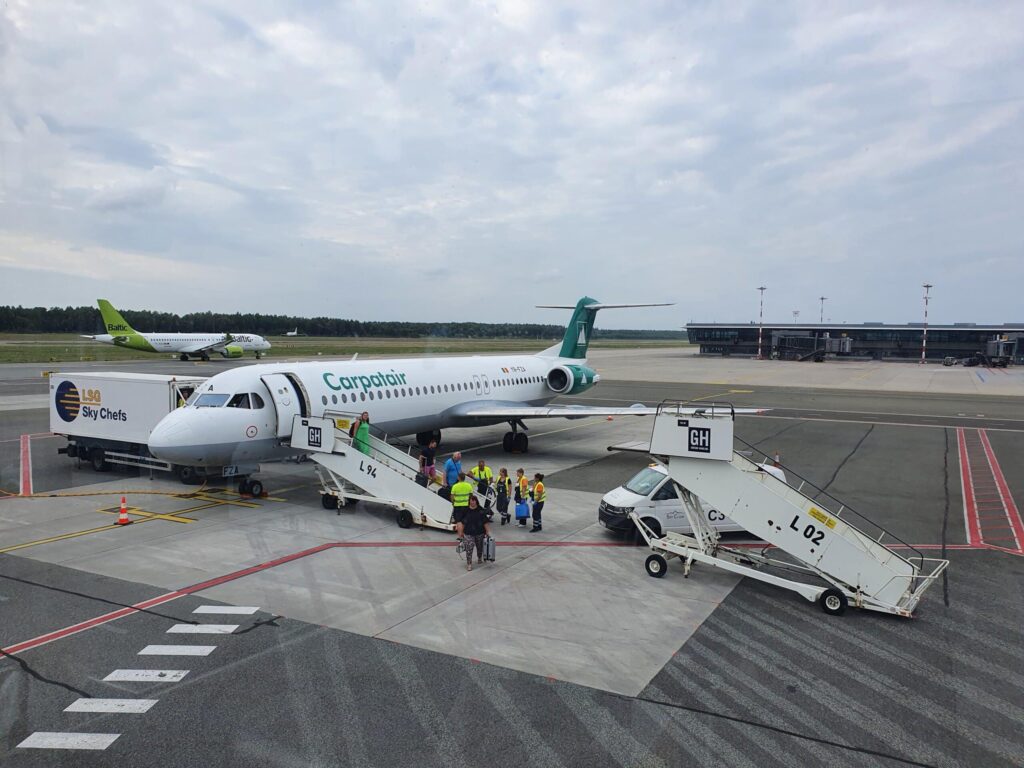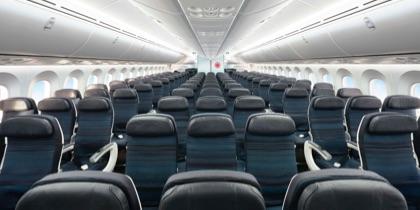
Understanding SSSS: Extra Security Screening Explained for Travelers
I’ve always been fascinated by the hidden codes on boarding passes, and SSSS is no exception. Let me walk you through what it really means, why it happens, and how you can handle it like a pro.
Understanding SSSS on Boarding Passes
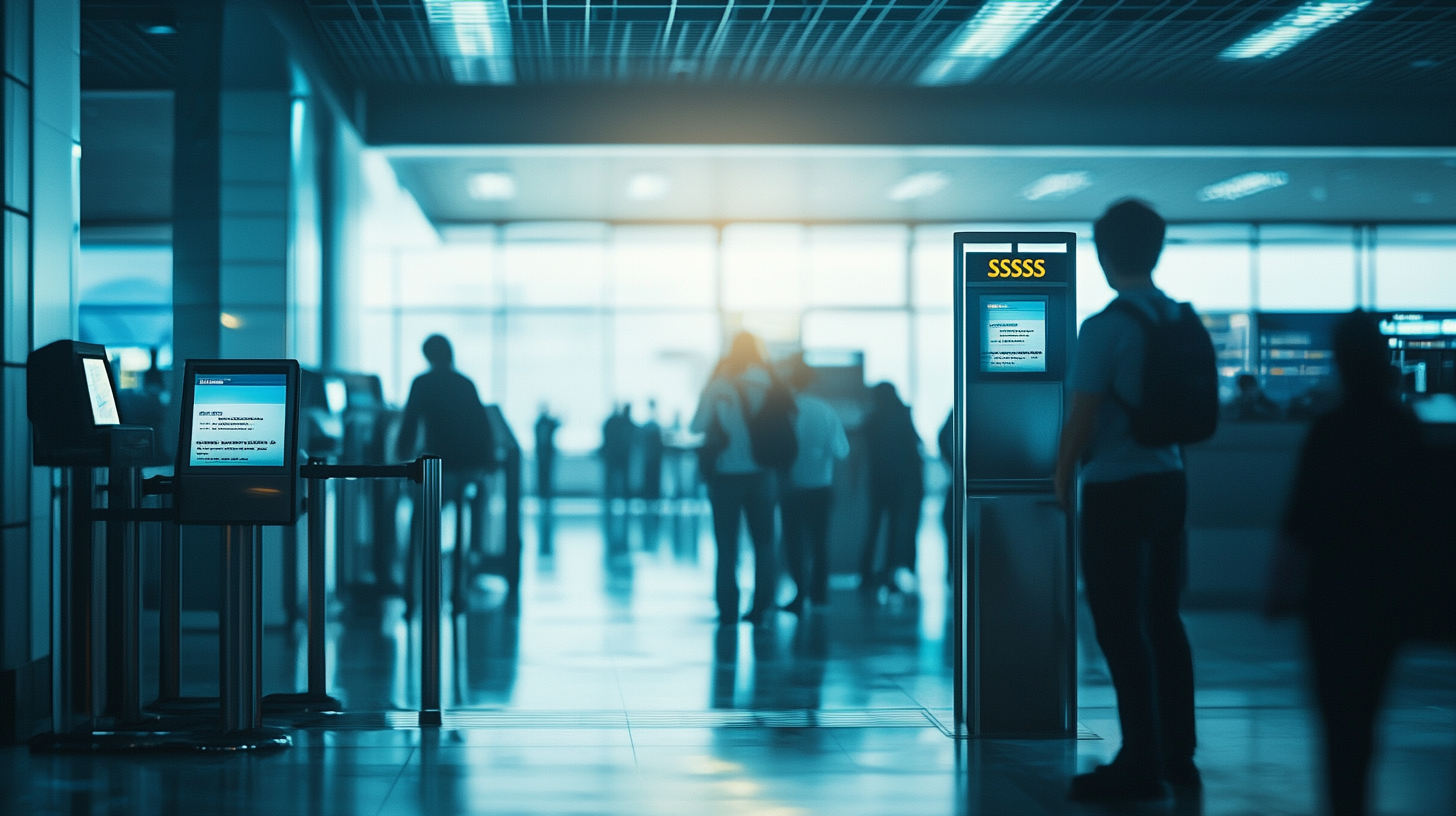
SSSS stands for Secondary Security Screening Selection, and it shows up when you’re chosen for an extra layer of checks before your flight. In my travels, I’ve run into plenty of folks who see these four letters and immediately assume they’re in trouble, but that’s not usually the case. According to a 2024 Transportation Security Administration (TSA) briefing, random selections make up a small percentage of overall screenings, so the odds of repeatedly getting flagged remain relatively low for most flyers.
I’ve observed that SSSS simply means you’ll go through a slightly more detailed process at security, which often includes manual bag inspections and additional scans. Despite popular myths, it doesn’t automatically signal you as a high-risk traveler. Often, it’s just an extra precaution on the TSA’s part, and there’s no permanent record causing you ongoing trouble unless there’s a specific watchlist issue.
It may feel frustrating in the moment, but remember that security teams aim to ensure everyone’s safety, including yours. In my own experience, being patient and cooperative tends to streamline the whole process. If you’re flying within the U.S., you’ll see “SSSS” prominently on your boarding pass, alerting gate agents and TSA personnel that you need additional screening before boarding.
Common Triggers for Additional Screening
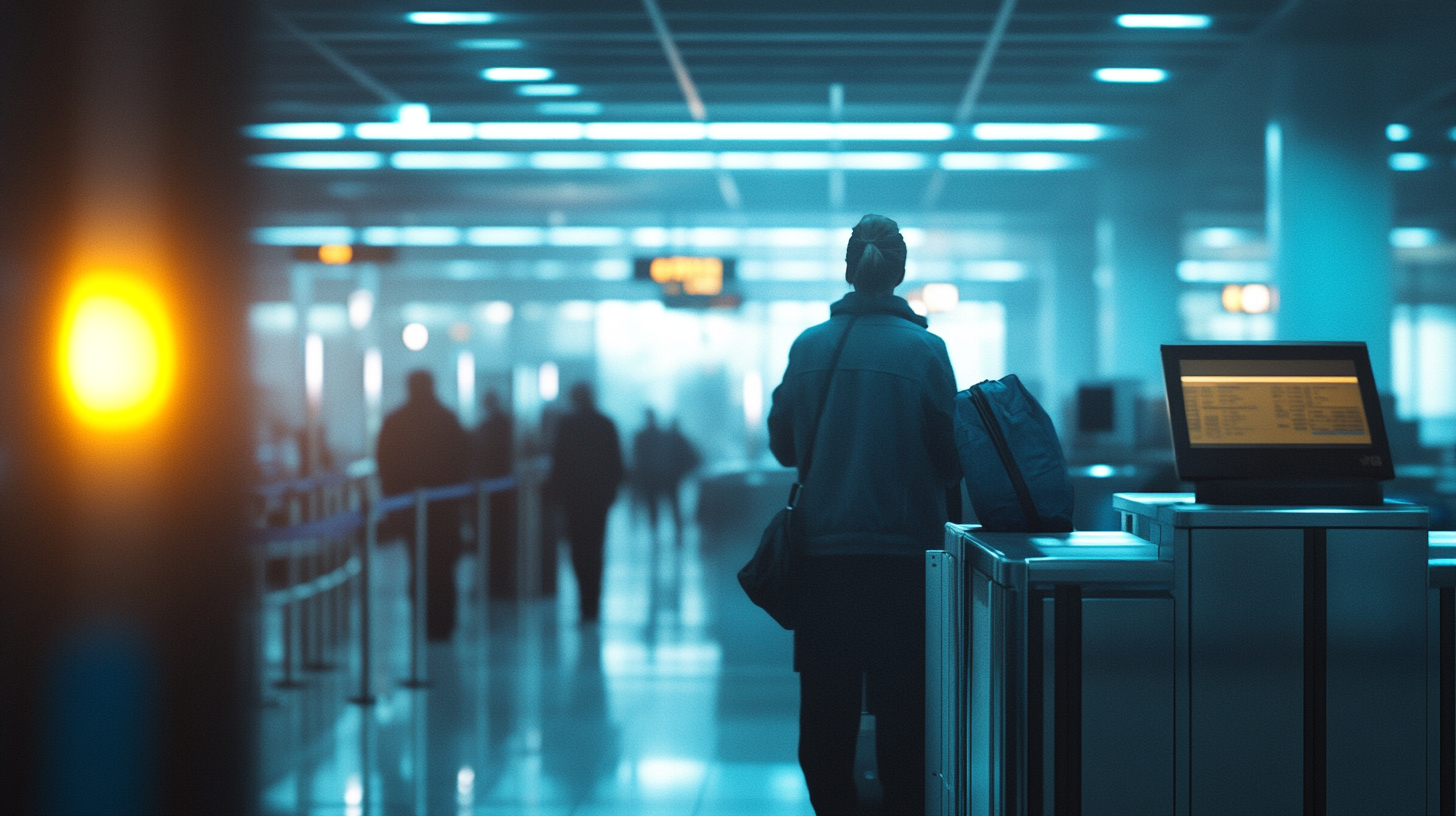
From my observations, a few noticeable trends often lead to an SSSS: one-way tickets, buying flights at the last minute, paying with cash, or traveling to destinations flagged as higher-risk. A recent Department of Homeland Security note also indicates that certain travel patterns—like hopping between multiple countries in a short span—can raise automatic flags. All these factors mix with random checks to determine who gets picked.
I remember once meeting a fellow traveler who had booked a spur-of-the-moment flight from the Middle East to the United States. Despite having traveled extensively in the past, her short turnaround ticket prompted the SSSS mark. Interestingly, she wasn’t on a government watchlist—she just happened to fit a profile that the system flagged. People sometimes assume frequent flyers never get flagged, but I’ve seen firsthand that loyalty status doesn’t provide complete immunity.
Another important consideration is name similarity. If your name resembles someone who’s on a known security watchlist, you might find yourself selected. That sort of coincidence can be startling, but it’s more common than you’d think. According to industry data, name-based mismatches continue to be a leading cause of repeated security checks for innocent travelers.
What to Expect During SSSS

Once you spot those four letters, brace yourself for a more hands-on security process. In my own trips, the entire experience typically adds an extra 10–20 minutes, though it can occasionally go longer if lines are backed up. You’ll usually face a thorough pat-down, carry-on inspection, and possible swabs for explosive residues.
Understandably, this can feel intimidating, but TSA officers have processes in place to keep it orderly. While you might be asked additional questions about your itinerary, these inquiries are standard protocol. A 2023 U.S. airline security survey revealed that most SSSS screenings are wrapped up swiftly unless the travelers have multiple, large carry-ons or there’s some flag raised during the inspection.
If you have TSA PreCheck or Global Entry, know that SSSS often overrides those benefits for that particular flight. I’ve been in that situation myself: I sailed through PreCheck for months, only to find one random morning that I needed the additional screening. To speed things up, I always advise staying organized—wear easily removable shoes, keep your electronics accessible, and be prepared for more direct interaction with agents.
How to Reduce Repeat SSSS
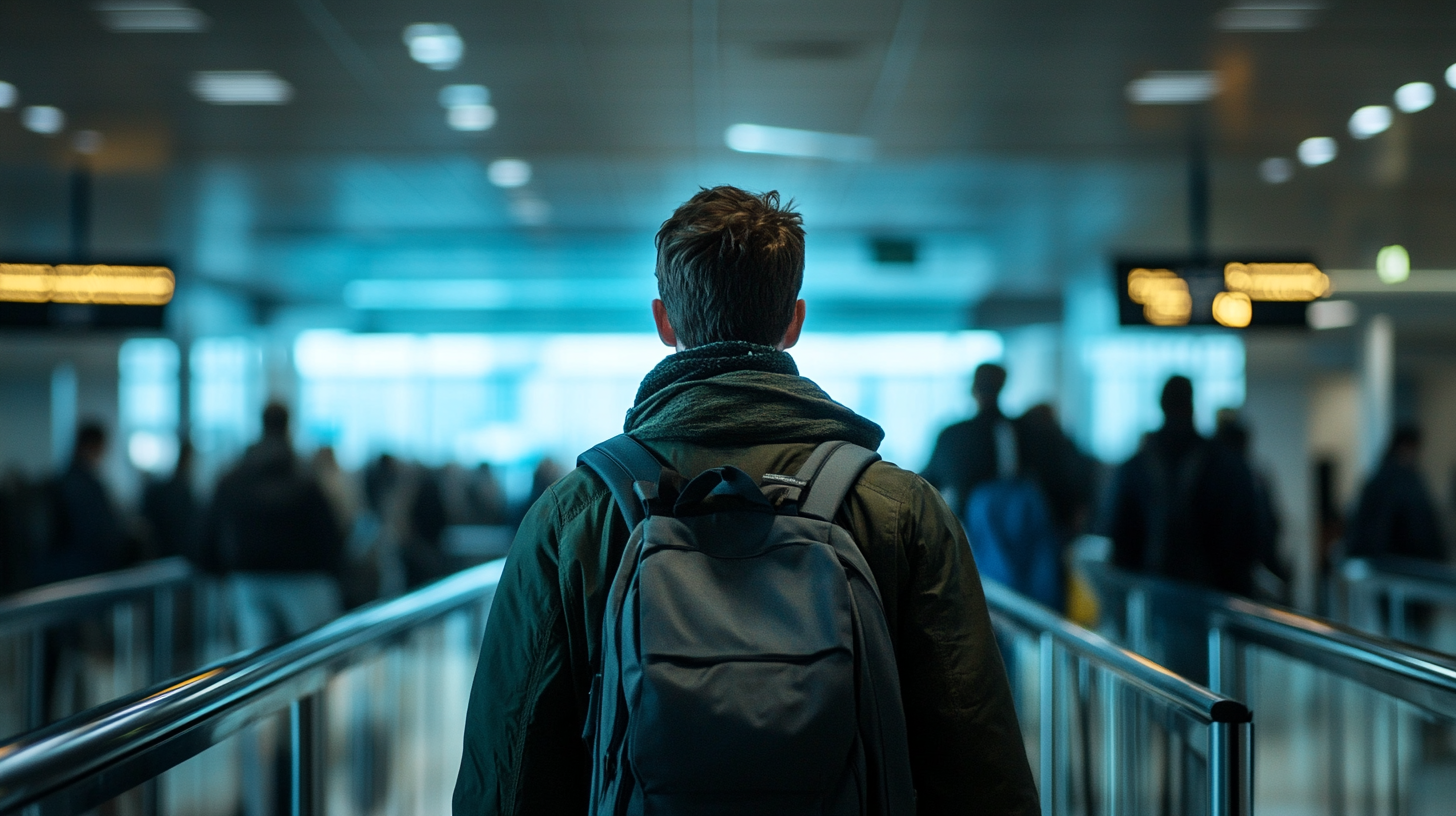
While it can feel like pure chance, there are steps you can take if you find yourself repeatedly flagged. The Department of Homeland Security’s Traveler Redress Inquiry Program (DHS TRIP) is a key resource. Submitting a request can clear up any inaccurate data or watchlist mix-ups linked to your name. I know travelers who’ve used DHS TRIP successfully to remove the unwanted SSSS from their future flights.
Enrolling in trusted traveler programs like TSA PreCheck, Global Entry, or NEXUS can minimize the likelihood of repeated hassles. These programs require thorough background checks, so once you’re approved, you often benefit from a streamlined screening process. However, I always caution that no program fully guarantees you’ll never see SSSS. Random checks will always be part of modern air travel.
Another strategy is to avoid booking one-way or last-minute flights unless absolutely necessary. If you can, use a credit card instead of cash for flight purchases. These habits aren’t foolproof, but they do lower the statistical odds of getting flagged. Think of it like travel insurance—just another layer of precaution to keep your journeys smooth.
Why SSSS Is Not the End of the World

I’ve known people who get anxious just reading the letters SSSS. In reality, it rarely affects your schedule by more than an extra half hour. From my perspective, taking a calm and cooperative stance with TSA officers goes a long way toward making the process quicker and less stressful for everyone. If you plan ahead, you’ll usually have time to spare, even if the line is slow.
In many cases, SSSS is a one-off occurrence—get through it once, and you might not see it again for years. Of course, there are exceptions, which is why being well-informed matters. In my own experience, once people understand that SSSS is more random than targeted—and certainly not a permanent black mark—they find the experience more of an occasional inconvenience than an alarming ordeal.
Keep in mind that a warm smile and polite attitude can turn an intimidating screening into a smoother, even friendly, interaction. Security officers deal with countless passengers every day, so a bit of courtesy sets a positive tone. After all, we’re all in this to keep travel safe and enjoyable for everyone.
Final Thoughts

SSSS isn’t a badge of shame or a sign that you’re doomed to lengthy interrogations every time you fly. It’s one part of a broad security apparatus designed to keep our skies safe. By staying aware of common triggers, preparing for the screening steps, and knowing how to rectify repeated issues, you can navigate the process with confidence.
There’s no denying that SSSS can throw a wrench in your routine, especially if you’re already pressed for time. But once you grasp the purpose behind these additional checks and learn how to handle them, you’ll spend far less time worrying about those four little letters and far more time enjoying your travels.
Brad Lightall’s Take
Whenever I encounter SSSS, I see it as a moment to slow down and observe the ever-evolving world of airport security. It’s a reminder that travel remains an adventure, complete with a few surprise twists along the way.
My approach is to keep my gear organized, answer questions honestly, and maintain a friendly demeanor. Doing so turns a potential inconvenience into just another step in my journey—one that gives me a chance to glean new insight into how global security measures progress each year.
Stay updated on all things travel at BoardingArea.
- If you’re dealing with repeated SSSS screenings and want to understand how a redress number might help, check out A Frequent Flyer’s Guide to Redress Numbers for detailed advice.
- To make your holiday travel less stressful, take a look at 10 Foolproof Ways to Breeze Through TSA for expert tips on navigating TSA with ease.
- Stay ahead of the game by reading Frequent Flyer Security Check Changes to Look for in 2025 to learn about upcoming changes in security checks for frequent flyers in 2025.
- Wondering when your TSA PreCheck membership expires? How to Know When Your TSA PreCheck Membership Expires: A Comprehensive Guide offers a comprehensive guide to keep you informed.
- For a seamless airport experience, don’t miss Mastering Airport Etiquette: Your Ultimate Guide to Smooth Air Travel which is packed with tips on mastering airport etiquette.




